Hello! September has come but the days continue to be hot. At the museum, the exhibition “Sake Brewing Tools and Machines” will be redisplayed in the Sake Reference Room from September 13. If you haven’t seen yet, please come to the museum! In this post, we’d like to introduce about oke-shi, who are briefly mentioned in this exhibition.

Oke-shi means the craftsman who made sake brewing tools. Apart from cask makers who made sake casks, they were specialized in making various sizes of new tools as well as repairing the damaged ones. Toji (sake brewing craftsmen) annually came from Tanba to Nada in November, so oke-shi entered the sake brewery earlier and they started to repair the sake brewing tools.
There is a historical document called wa-gae-cho (hoop-changing record) that shows the works of oke-shi. When the hoops of woven bamboo called taga came off a large vat over time, for example, they replaced the hoops, and the repair work was called wa-gae (hoop-changing). Although it was possible for one person to work on a small vat, when it comes to changing the hoop of the largest vat in the brewery, which is 2 meters high and has a diameter of 2.3 meters, five people sometimes had to work with a large hammer, as shown in the photo.
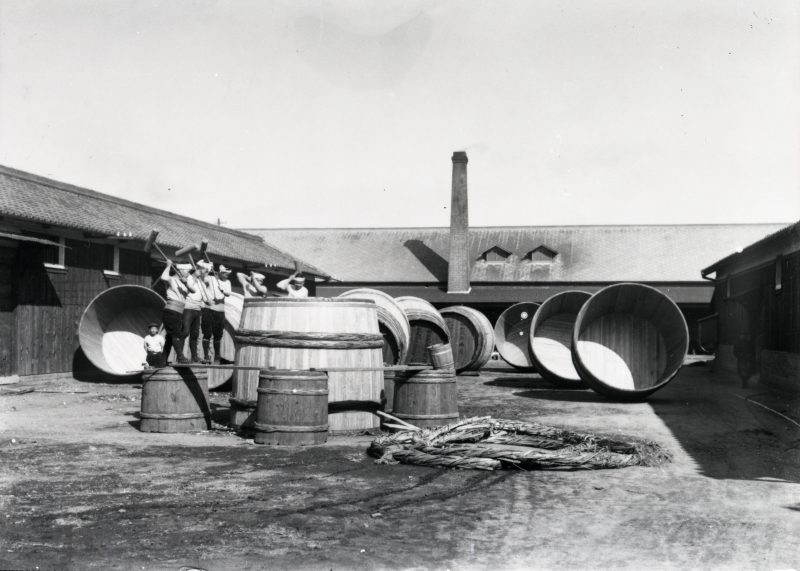
Incidentally, the wood for these side panels and the bamboo used as “hoops” were also carefully selected. For the side panels, 80-120 years old Yoshino cedar trees were used, which have features that the diameter is almost a regular circle and the thickness does not vary much from root to tip. For the vat, Madake bamboo in Kyoto was preferred. To avoid insect damage, vat making was done by carefully selecting materials, such as cutting the bamboo in winter when there was less moisture in the bamboo.
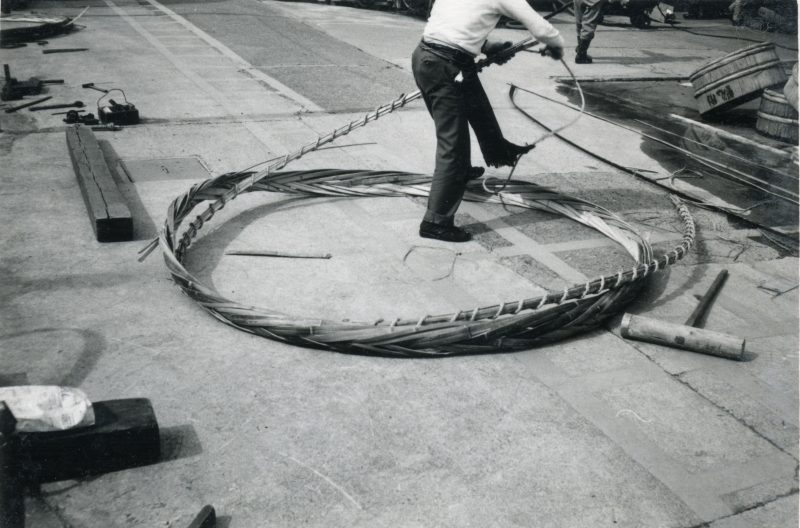
One of the most important works of oke-shi is how to use the old vat materials effectively.When the woods used as ōoke vats shrank, they were recycled to make sanshaku oke (a meter-sized tub) and moto oroshi oke (a tub for making yeast starter). Moreover, and then a few years later, sanshaku oke was recycled again and cut in half to make hangiri oke (a shallow tub).The book about sake brewing tools in 1872 stated that the number of hangiri oke used in the one brewery was 150. So many tubs were needed, they used materials of old vats effectively.

-800x745.jpg)
At the sake brewing tool section of this museum, you can see the video that dōtsuki (to set the bottom plate of the vat) by oke-shi. Please see it when you come to the museum.
Please check back for next month’s article!



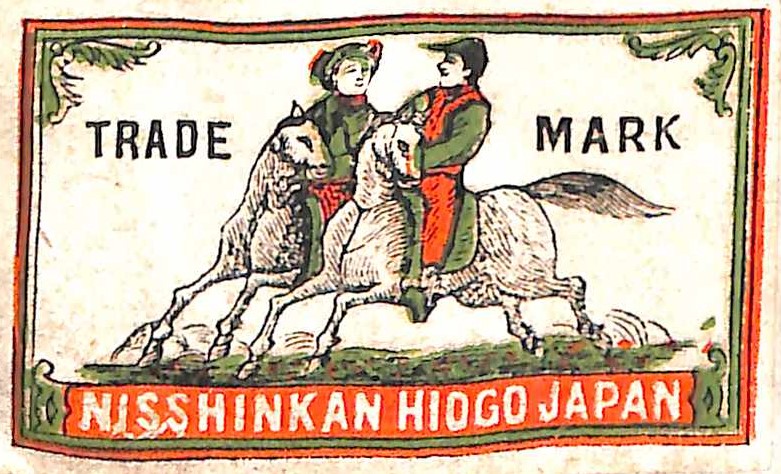
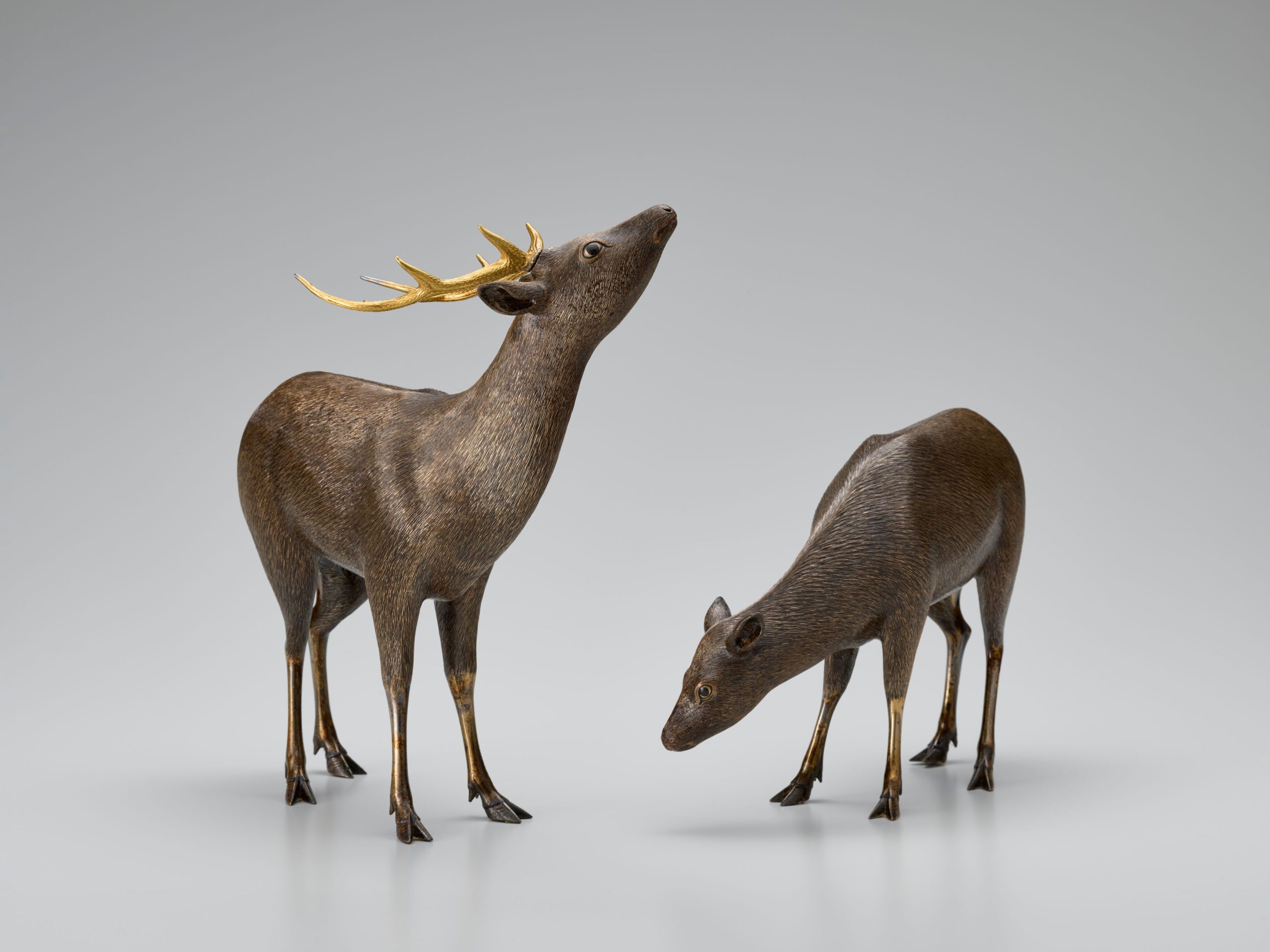
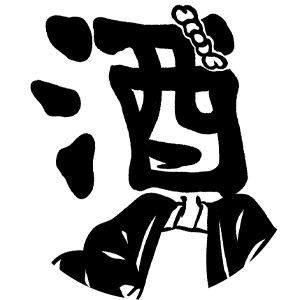
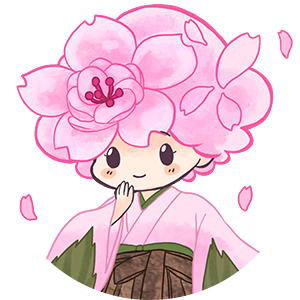
Indeed, Edo period was the time of rice.